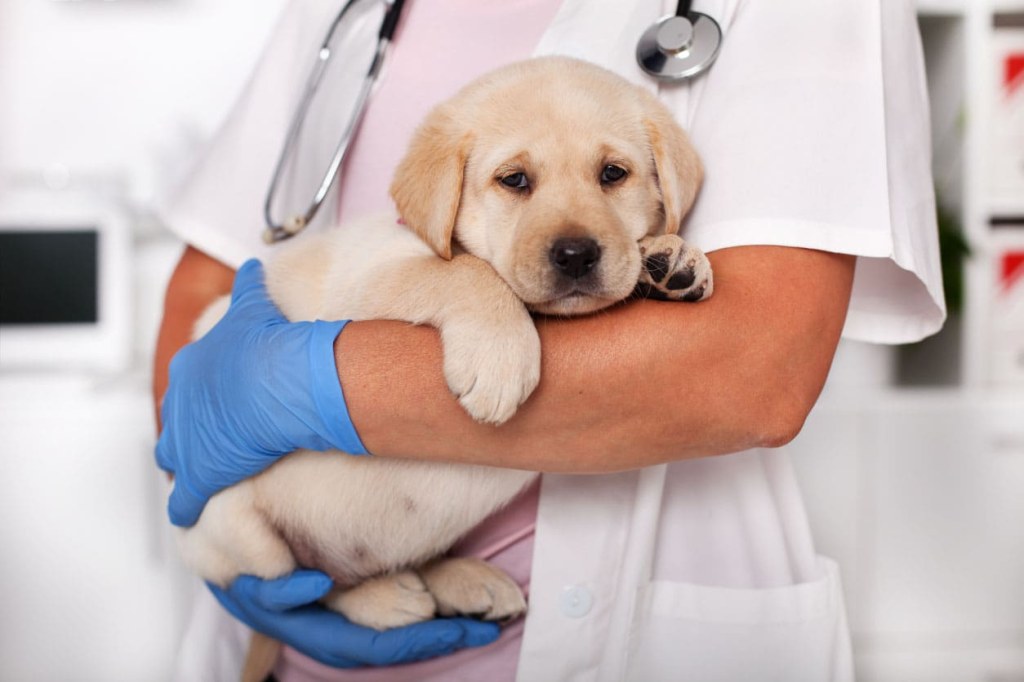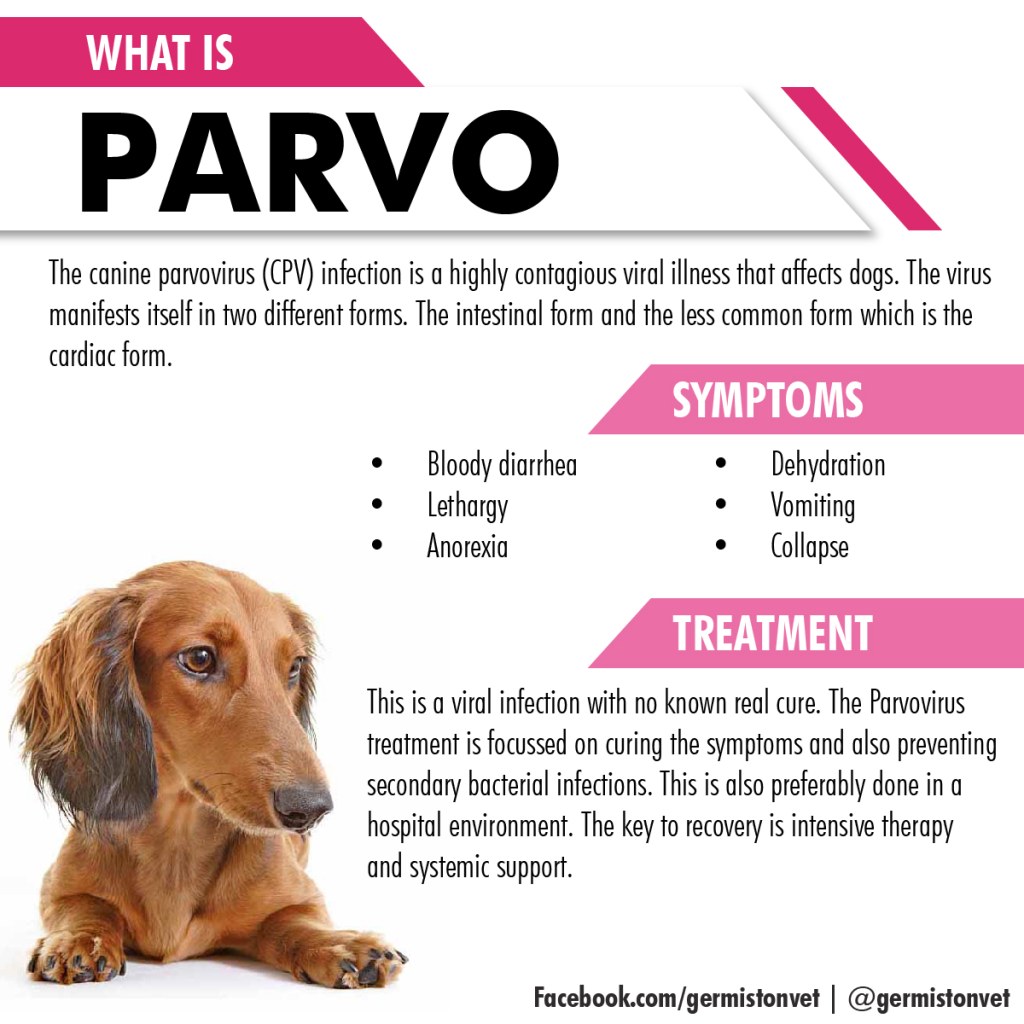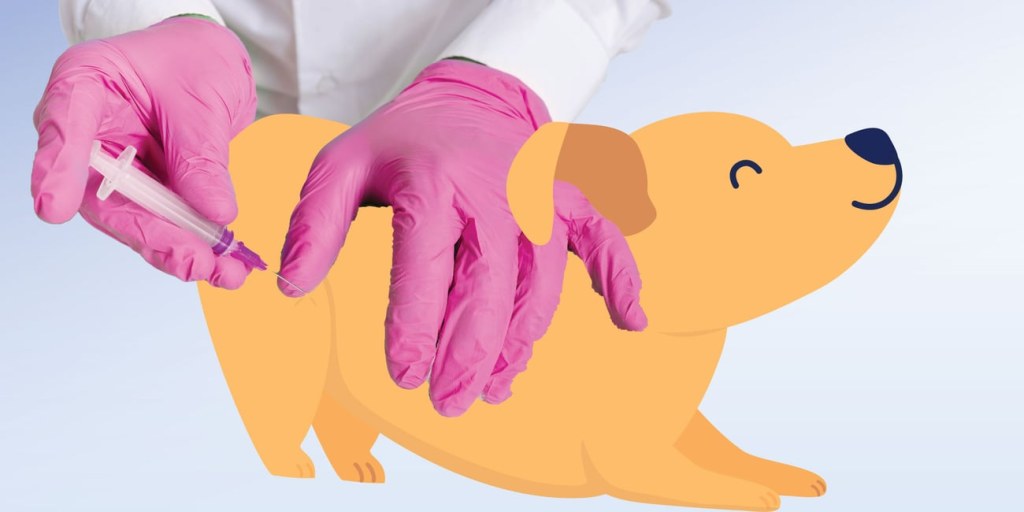Shielding Puppies From Parvo: Essential Steps For Preventing Parvo In Puppies
Preventing Parvo in Puppies
Introduction
Hello, Puppies Lover! As dog enthusiasts, we understand the joy and responsibility of raising a furry friend. One of the biggest challenges faced by puppy owners is preventing parvo, a highly contagious and potentially deadly virus. In this article, we will provide you with essential information and practical tips to protect your beloved puppies from parvo.
3 Picture Gallery: Shielding Puppies From Parvo: Essential Steps For Preventing Parvo In Puppies



Parvo, short for canine parvovirus, is a viral infection that primarily affects puppies. It attacks the gastrointestinal tract, causing severe diarrhea, vomiting, and dehydration. In some cases, it can lead to death, especially in young and unvaccinated puppies. As responsible pet owners, it is crucial for us to take proactive measures to prevent the spread and impact of parvo.
Before diving into the details, let’s understand the key points we will cover in this article:
Table of Contents

Image Source: onehealth.org
What is Parvo?
Who is at Risk?
When is Parvo Common?
Where is Parvo Found?
Why is Prevention Important?
How Can You Prevent Parvo?
Advantages and Disadvantages of Preventing Parvo
FAQs
Conclusion
Final Remarks
What is Parvo?
🐶 Parvo is a highly contagious viral infection that primarily affects puppies. It belongs to the Parvoviridae family and is known for its resistance in the environment. The virus can survive for months, making it a persistent threat to puppies’ health.

Image Source: germistonvet.co.za
🐶 The most common strain of parvo, canine parvovirus type 2 (CPV-2), attacks the rapidly dividing cells in the intestines, lymphoid tissues, and bone marrow of puppies. This leads to severe gastrointestinal symptoms and can weaken their immune system, making them susceptible to other infections.
🐶 Parvo is transmitted through direct contact with infected feces, contaminated environments, or contact with infected dogs. It can also be transmitted indirectly through humans, objects, or insects that have come into contact with the virus.
🐶 Recognizing the symptoms of parvo is crucial for early detection and treatment. Common symptoms include severe diarrhea, vomiting, loss of appetite, lethargy, and dehydration. If you suspect your puppy has parvo, it is essential to seek veterinary care immediately.
Who is at Risk?

Image Source: bettervet.com
🐶 Puppies, particularly those between six weeks and six months old, are the most vulnerable to parvo. Their immune systems are still developing, making it harder for them to fight off the virus. Unvaccinated puppies or those with incomplete vaccination schedules are at a higher risk of contracting parvo.
🐶 Additionally, puppies from crowded or unsanitary environments, such as puppy mills or shelters, are at an increased risk due to the higher likelihood of exposure to the virus. Certain breeds, such as Rottweilers, Doberman Pinschers, and American Staffordshire Terriers, may also be more susceptible to parvo.
🐶 It is important to note that adult dogs with weakened immune systems are also at risk of contracting parvo, although it is less common compared to puppies.
When is Parvo Common?
🐶 Parvo can occur at any time of the year, but it is more prevalent in warmer months. The virus thrives in higher temperatures, making it more stable and easier to transmit. However, that doesn’t mean you should let your guard down during colder months, as parvo can still pose a threat.
🐶 Understanding the seasonality of parvo can help you take extra precautions during peak periods and remain vigilant throughout the year.
Where is Parvo Found?
🐶 Parvo can be found in various environments where infected dogs have been present. The virus is shed in the feces of infected dogs and can contaminate soil, grass, water bowls, kennels, grooming facilities, and any other areas they have come into contact with. It is important to note that parvo can survive for long periods and is resistant to many common disinfectants.
🐶 Places with a high concentration of dogs, such as dog parks, training facilities, and shelters, pose a higher risk of parvo transmission. If you are bringing a new puppy into your home, it is essential to thoroughly clean and disinfect the area to minimize the chances of exposure.
Why is Prevention Important?
🐶 Prevention is crucial because parvo can have devastating consequences for puppies. The virus attacks their immune system and can cause severe dehydration and damage to their gastrointestinal tract. This can lead to secondary infections, organ failure, and even death.
🐶 Additionally, treating parvo can be expensive and time-consuming. It often requires hospitalization, intensive care, and supportive therapy to help puppies recover. Prevention is not only better for your puppy’s health but also more cost-effective.
How Can You Prevent Parvo?
🐶 Preventing parvo involves a multi-faceted approach that includes vaccination, proper hygiene, and minimizing exposure to infected environments. Here are some essential steps you can take to protect your puppies:
1. Vaccination: Ensure your puppies receive their initial vaccination series starting at six to eight weeks old, followed by booster shots as recommended by your veterinarian. Vaccination is the most effective way to prevent parvo.
2. Limit Exposure: Avoid exposing your puppies to potentially infected dogs or environments until they are fully vaccinated. This includes dog parks, pet stores, and areas with unknown vaccination statuses.
3. Hygiene Practices: Clean and disinfect your puppies’ living areas regularly using a bleach solution or a veterinary-recommended disinfectant. Wash your hands thoroughly after handling other dogs or their feces.
4. Avoid High-Risk Areas: Be cautious when visiting areas with a high concentration of dogs, such as dog shows or training facilities, as they can be breeding grounds for parvo.
5. Quarantine New Additions: If you are introducing a new puppy into your home, keep them separate from your existing dogs until they are fully vaccinated. This will minimize the risk of spreading parvo if the new puppy is infected.
6. Regular Veterinary Check-ups: Schedule routine check-ups for your puppies to ensure they are healthy and up-to-date on vaccinations.
Advantages and Disadvantages of Preventing Parvo
🐶 Like any preventative measure, there are advantages and disadvantages to preventing parvo in puppies. Let’s explore both sides:
Advantages:
1. Health and Well-being: Preventing parvo ensures the health and well-being of your puppies. They can grow and develop without the risk of severe illness or potential death.
2. Peace of Mind: Knowing that you have taken the necessary steps to protect your puppies from parvo brings peace of mind. It allows you to enjoy their company without constant worry.
Disadvantages:
1. Cost: Vaccinations, veterinary visits, and proper hygiene practices can incur expenses. However, the cost of prevention is often significantly lower than the cost of treating a parvo-infected puppy.
2. Limitations: Preventing parvo may require limiting your puppies’ exposure to certain environments or other dogs until they are fully vaccinated. This can restrict their socialization opportunities.
FAQs
Here are some frequently asked questions about preventing parvo:
1. Q: Can adult dogs get parvo?
A: While it is less common, adult dogs with weakened immune systems can contract parvo.
2. Q: Is parvo curable?
A: Parvo is treatable, but early detection and treatment are crucial for a successful recovery.
3. Q: Can I vaccinate my puppy against parvo myself?
A: It is essential to have a licensed veterinarian administer the vaccinations to ensure proper dosage and timing.
4. Q: How long does it take for a puppy to recover from parvo?
A: The recovery time can vary depending on the severity of the infection, but it typically takes around 7-10 days.
5. Q: Can parvo be transmitted to humans?
A: No, parvo is a canine-specific virus and cannot be transmitted to humans.
Conclusion
In conclusion, preventing parvo in puppies is of utmost importance for their health and well-being. By following vaccination schedules, practicing proper hygiene, and minimizing exposure to infected environments, you can significantly reduce the risk of your puppies contracting this deadly virus. Remember, prevention is always better than cure, so take the necessary steps to protect your furry friends from parvo.
Final Remarks
Puppies Lover, we hope this article has provided you with valuable insights and actionable steps to prevent parvo in puppies. It is crucial to consult with your veterinarian for personalized advice and to ensure your puppies receive the necessary vaccinations and care. Remember, your efforts in preventing parvo will contribute to a healthier and happier puppyhood for your furry friends. Stay informed, stay proactive, and keep spreading the love to your adorable puppies!
This post topic: Puppies



